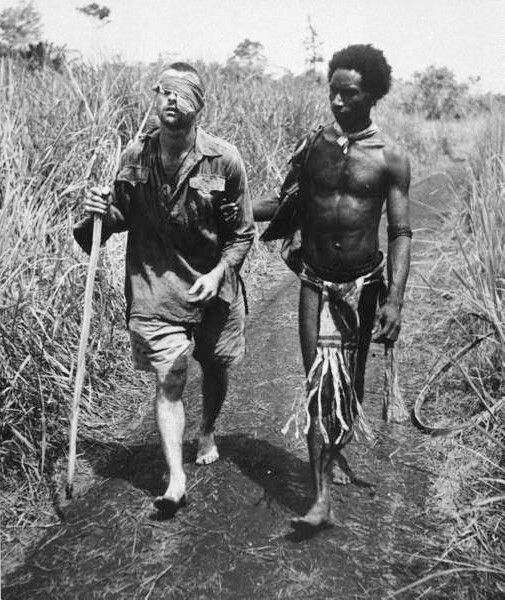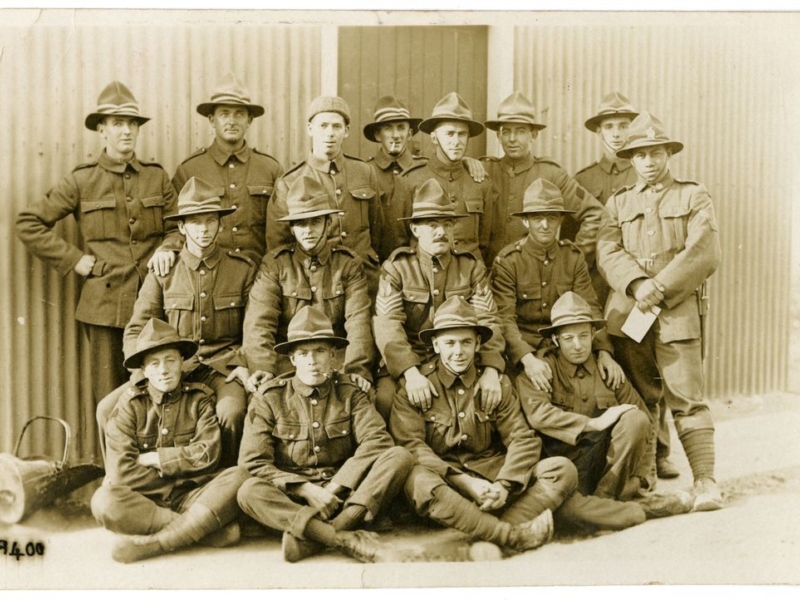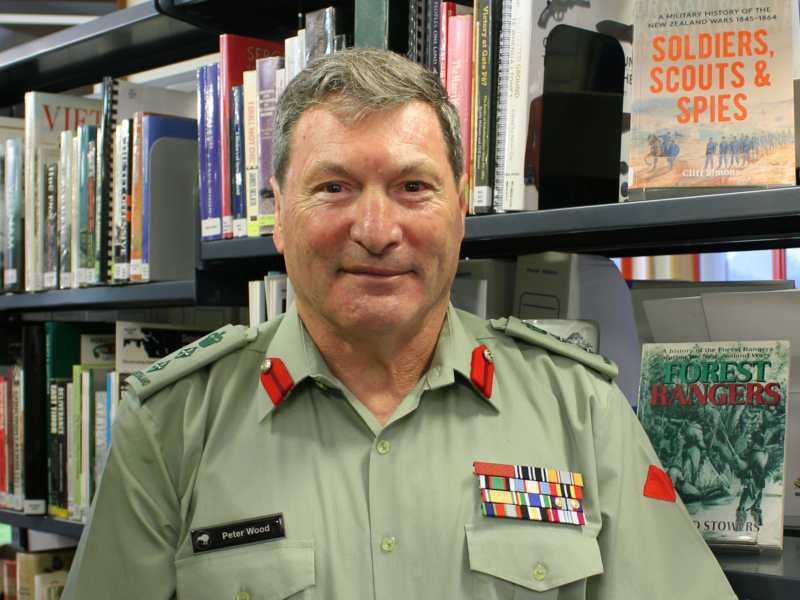George Silk was born in Levin in November of 1916. He left school to farm cows, aged 14, and started working in a camera shop two years later. There he became familiar with the various cameras sold, and was soon an amateur photographer. Silk's first images showed his passion for the outdoors with dynamic shots of skiing, yacht racing, fishing and surfing. He was a natural.
In 1939 at the age of 21, Silk became Australia's second official WWII photographer. He was stationed with the Australian Infantry Force (AIF) for the Department of Information.
He was impressed and inspired by LIFE Magazine pictures in 1940 depicting actual troops in action. This was a direct contrast to the more commonly requested photographs of higher ups such as Generals, or of hometown soldiers shaking hands.
His life was often at risk as he took close-up firsthand photos of war. He was once captured by Field Marshal Erwin Rommel's forces, escaping 10 days later.
While the Department of Information accepted his photographs from Greece and the Middle East, the department refused to pass for publication his 1942 images in and around Buna, New Guinea. He resigned his position in 1943.
Silk's photograph of a Papuan carrier Raphael Oimbari, assisting a blinded AIF soldier Private George C. "Dick" Whittington, to an aid station, got him hired to LIFE Magazine. His most iconic image, it was published in LIFE Magazine in March 1943.

While Private Whittington did recover from his wounds, a result of action against Japanese troops, he died of scrub typus just months later at Port Moresby. Oimbari died in July 1996, a bronze plaque on a plinth was later placed on his grave depicting the famous picture. It has also inspired the subject matter of at least ten sculptures, carvings and murals.
Silk worked as a photojournalist for LIFE Magazine from 1943 until it ceased publication in 1972. His first assignments were as a WWII combat photographer in North Africa, Europe and the Pacific.
After the war he did photo essays on wildlife and specialised in outdoor sports photography. In the latter he developed innovative techniques to capture images from vantage points previously considered impossible.
George Silk married an American Nursing Sister Margery Gray Schieber, and became an American citizen in 1947. The couple settled in Westport, Connecticut, where they raised three children. He died in October 2004 at the age of 87.
Sources
Australian War Memorial. (2021, March 2). George Silk (1916-2004). Retrieved August 14, 2025, from https://www.awm.gov.au/visit/exhibitions/focus/george-silk
Fox, M. (2004, October 28). George Silk, 87, Life Magazine Photographer, Dies. The New York Times. https://www.nytimes.com/2004/10/28/arts/george-silk-87-life-magazine-photographer-dies.html
LIFE. (n.d.). The Photography of George Silk. Retrieved August 14, 2025, from https://www.life.com/photographer/george-silk/
LIFE Magazine: Life Stories Interviews. (2025, January 17). Capturing the impossible: George Silk, Retrieved August 14, 2025, from https://www.lifestories.org/interviewees/george-silk
Newton, G. (n.d.) The sculptural afterlife of an iconic 1942 New Guinea photograph by George Silk (1916-2004), Retrieved August 14, 2025, from https://www.photo-web.com.au/gael/Silk-NG/index.htm





